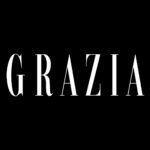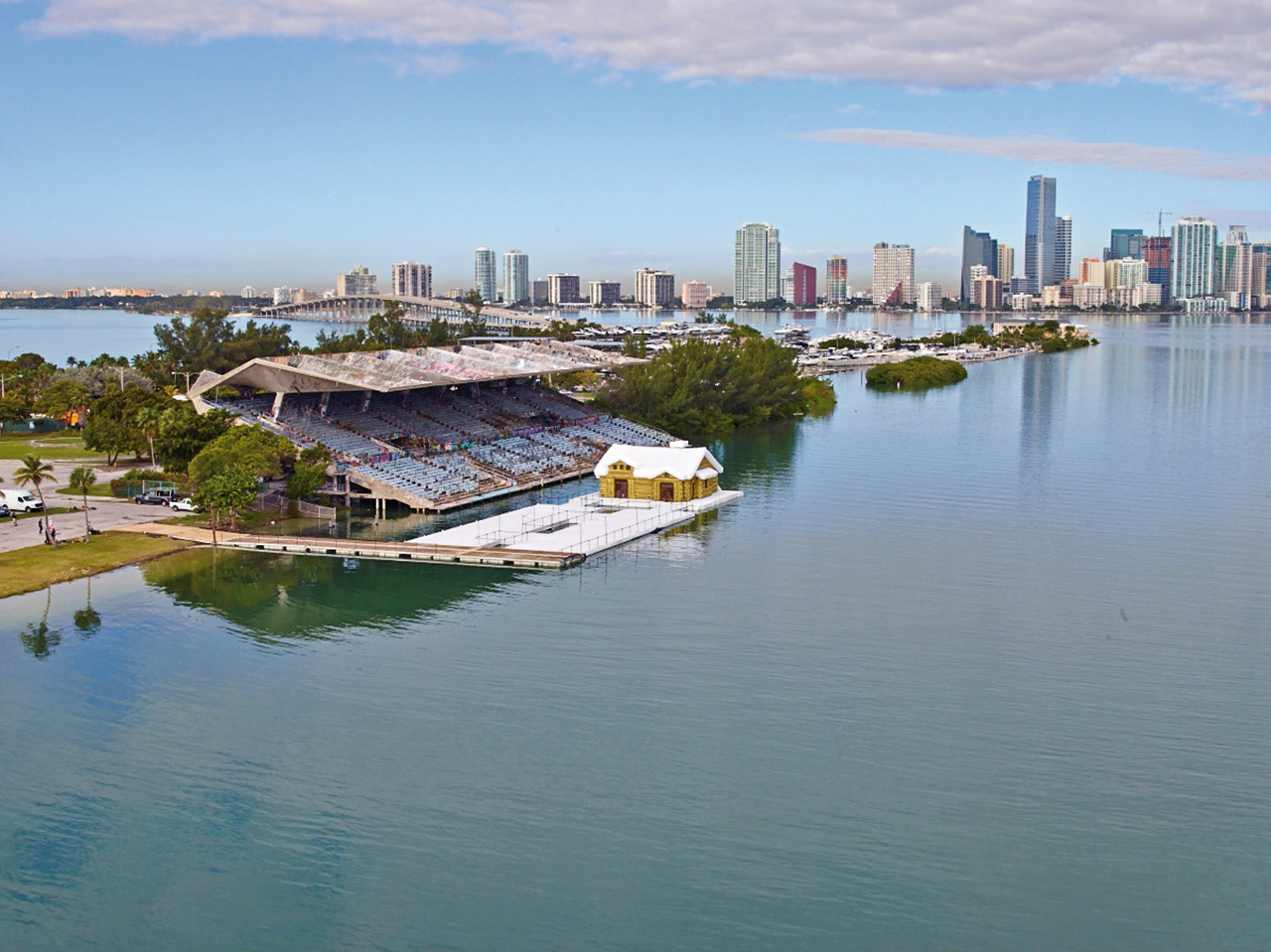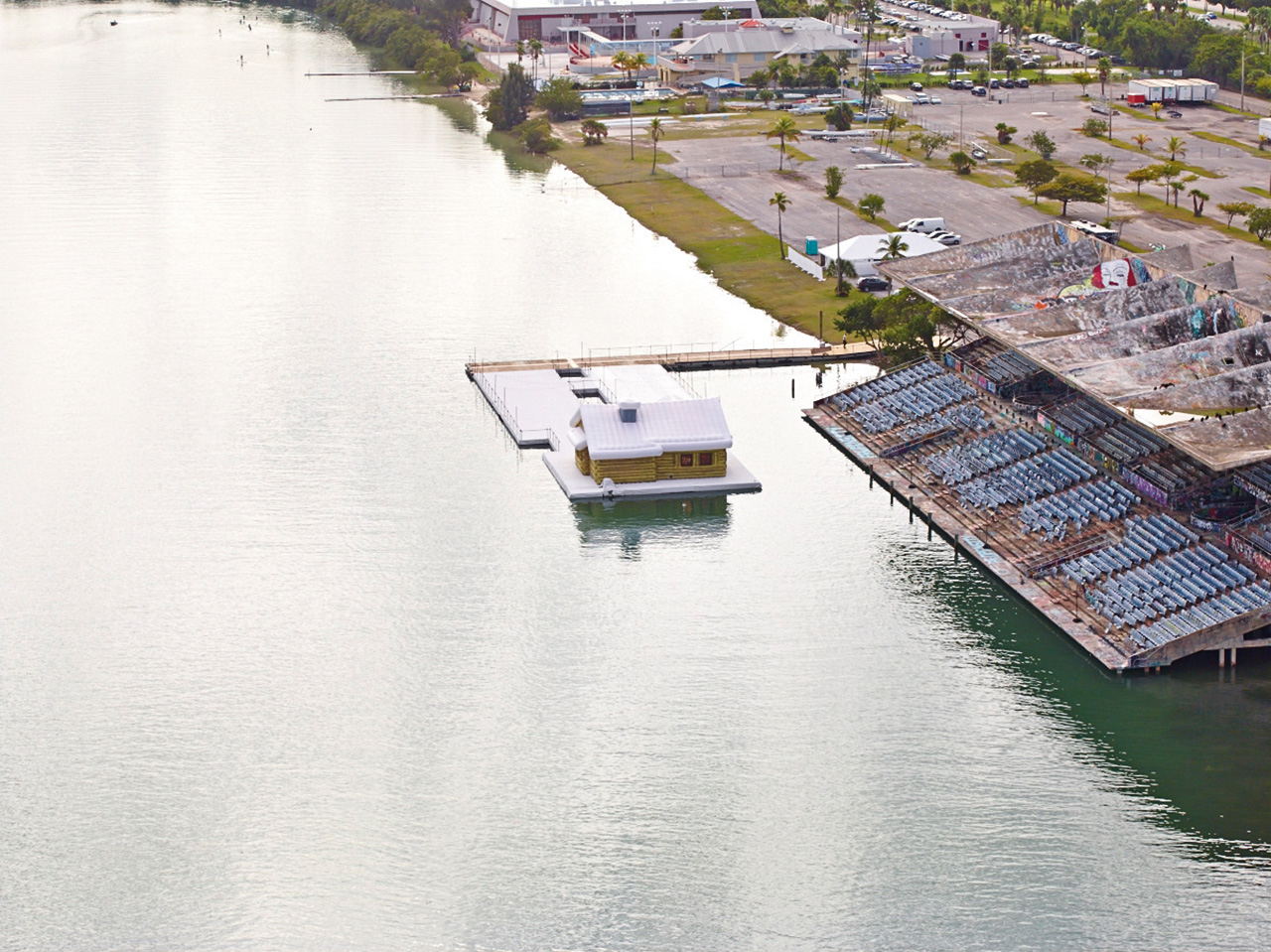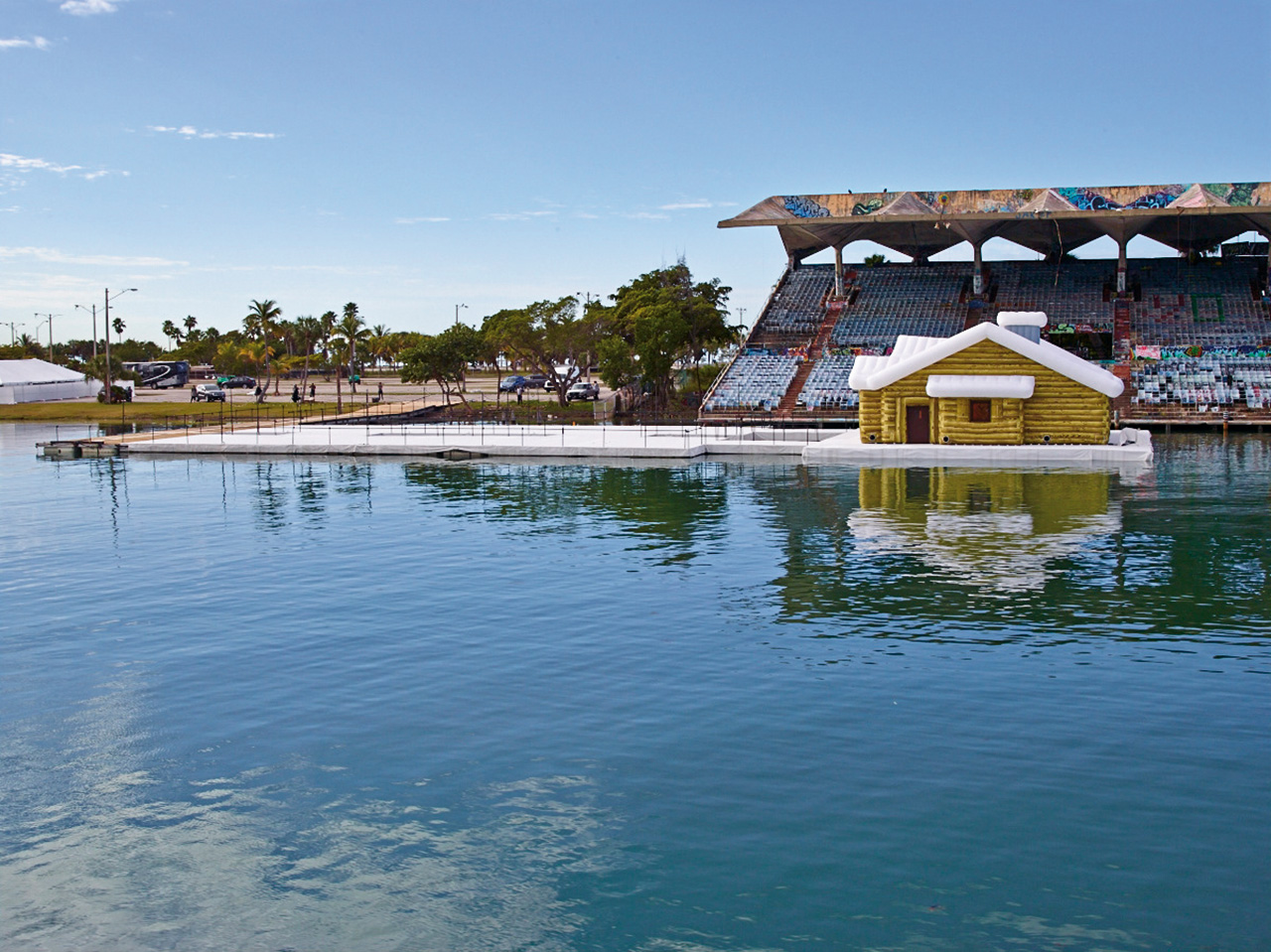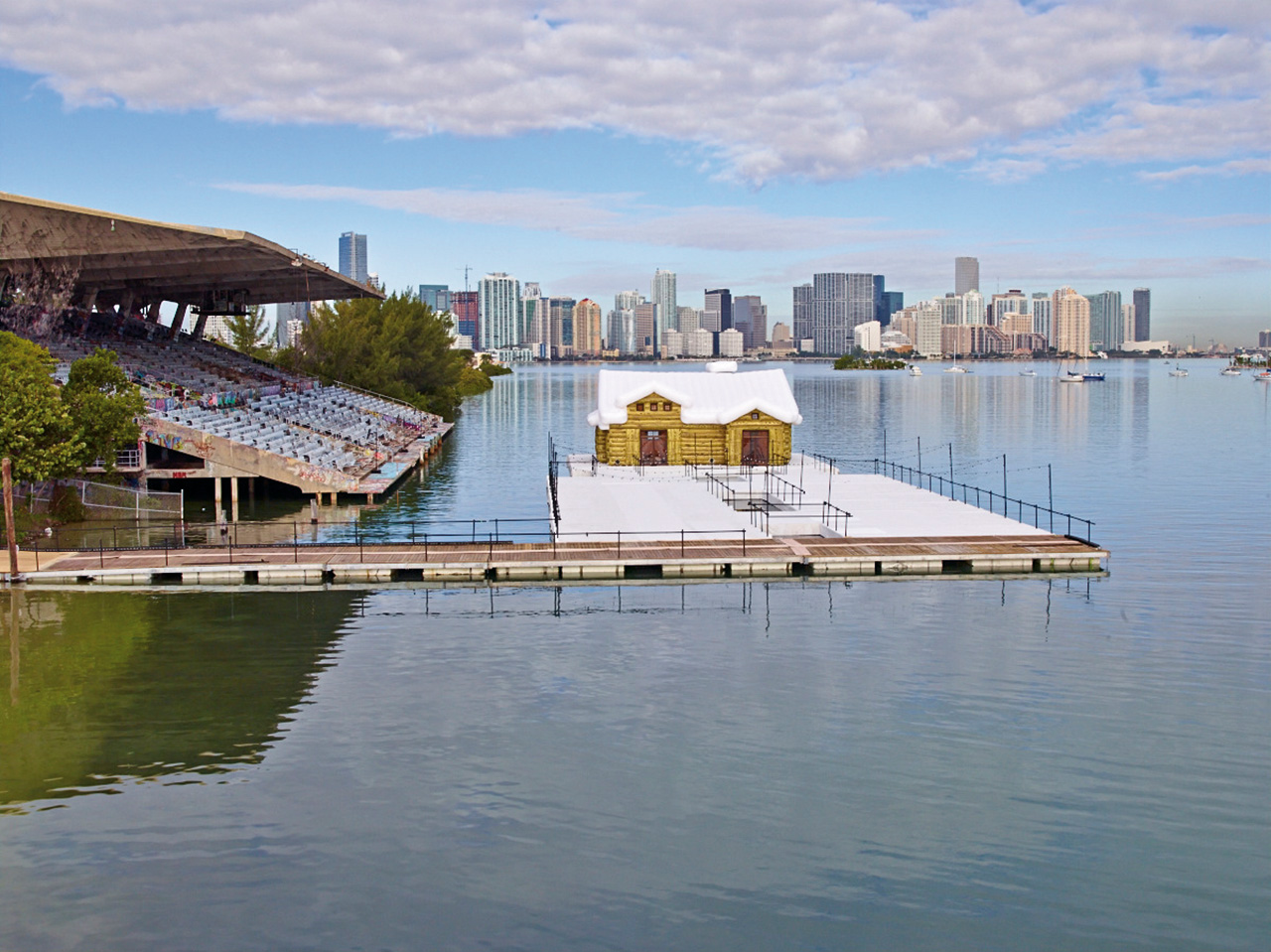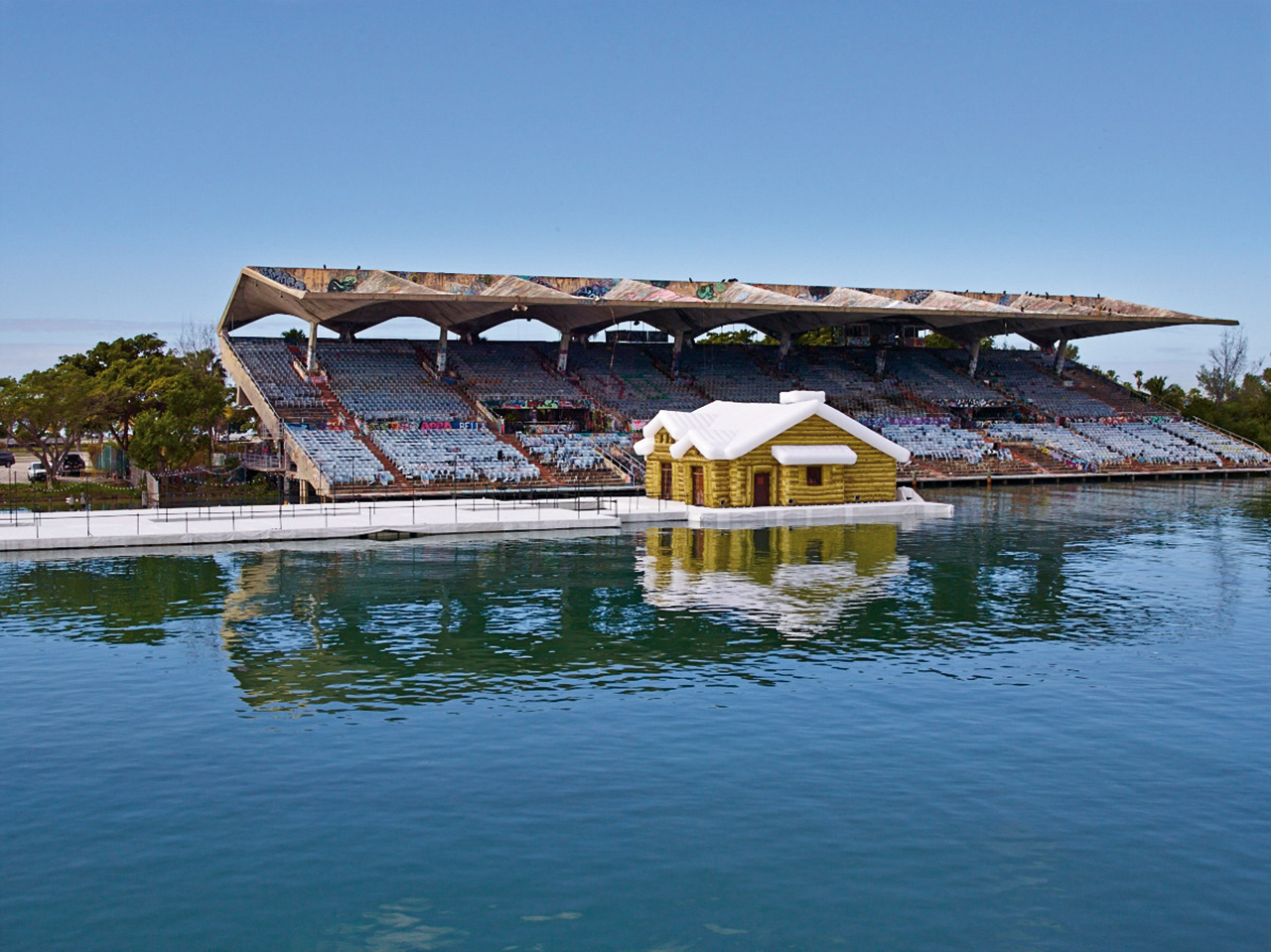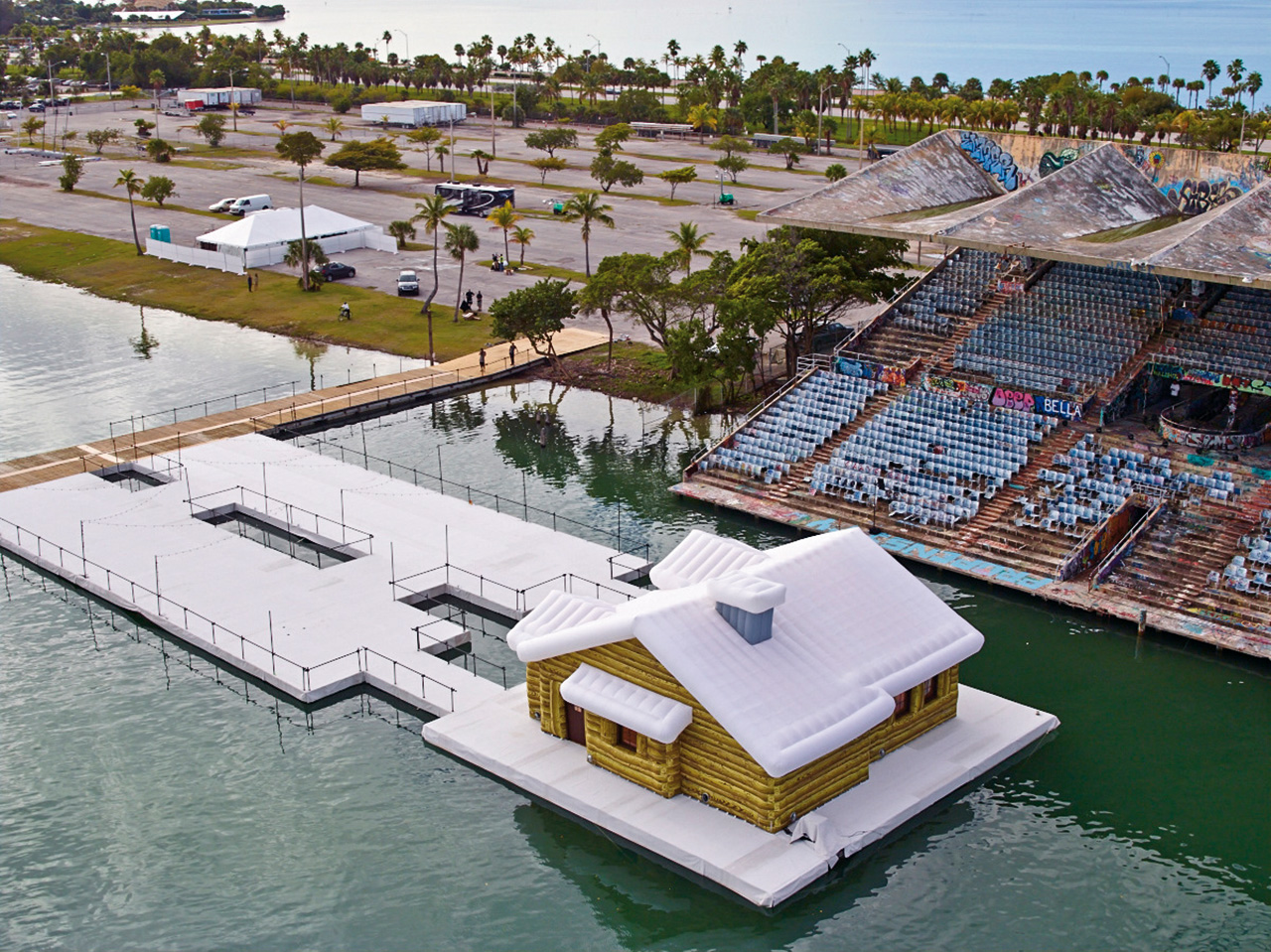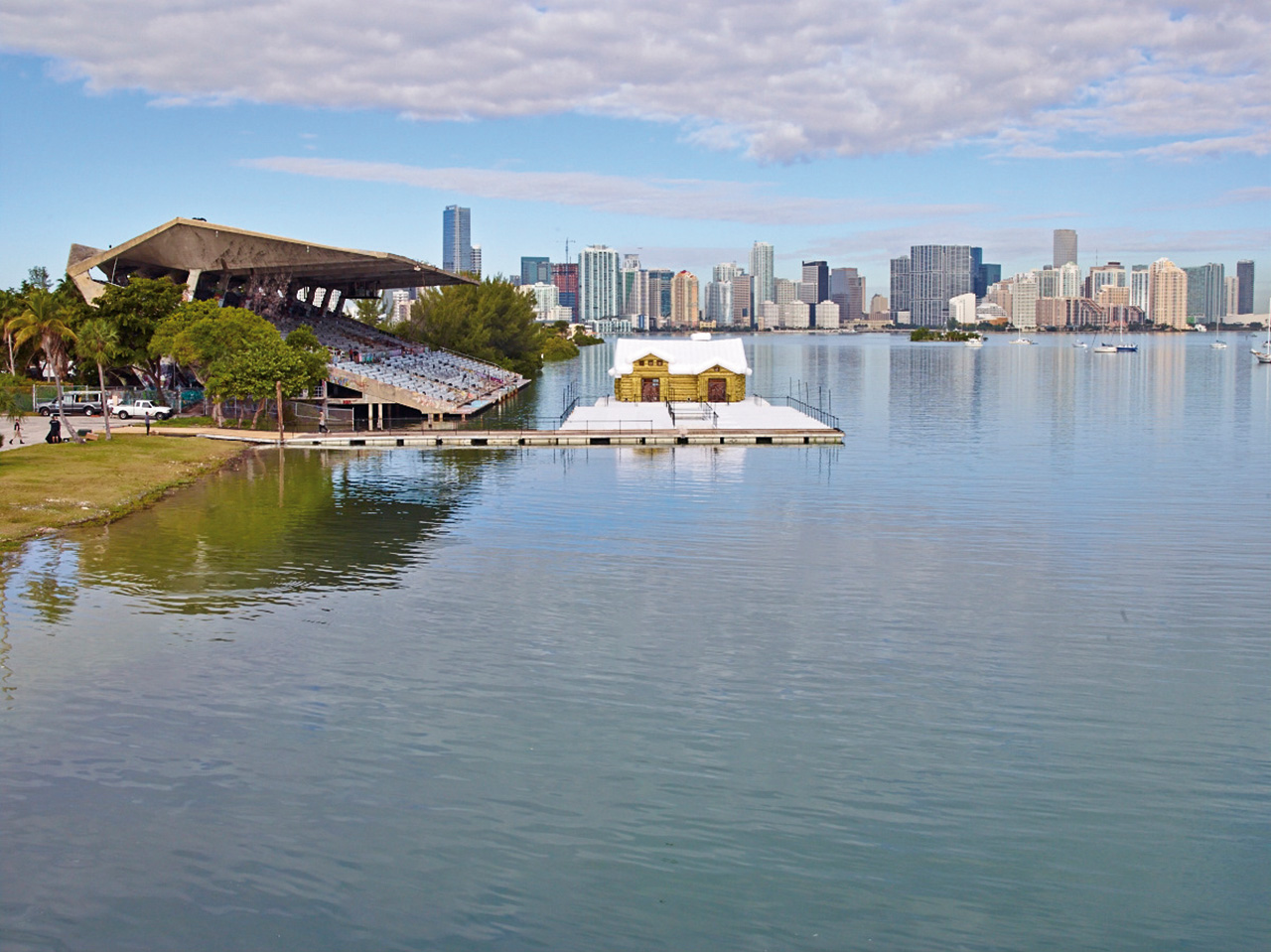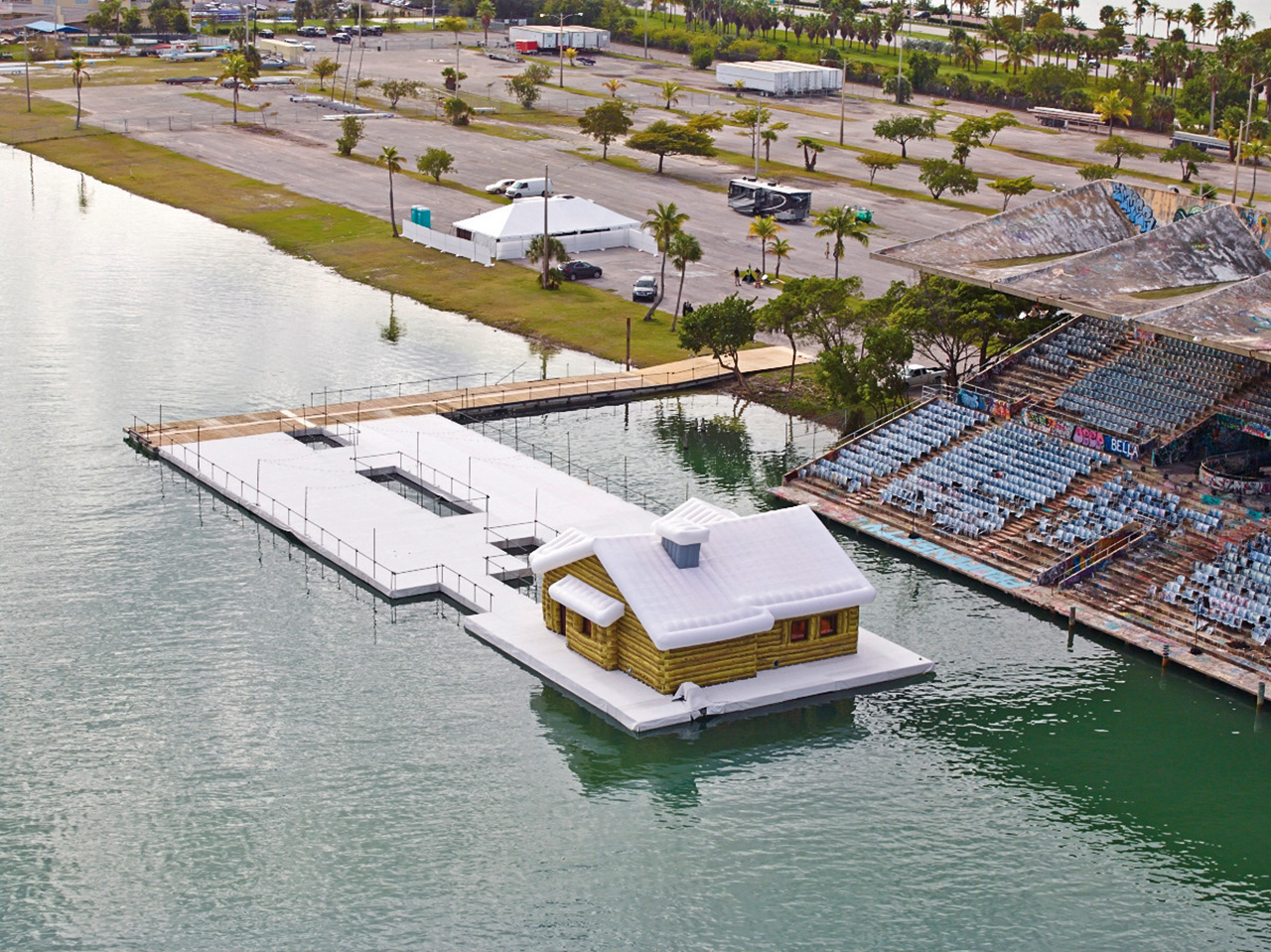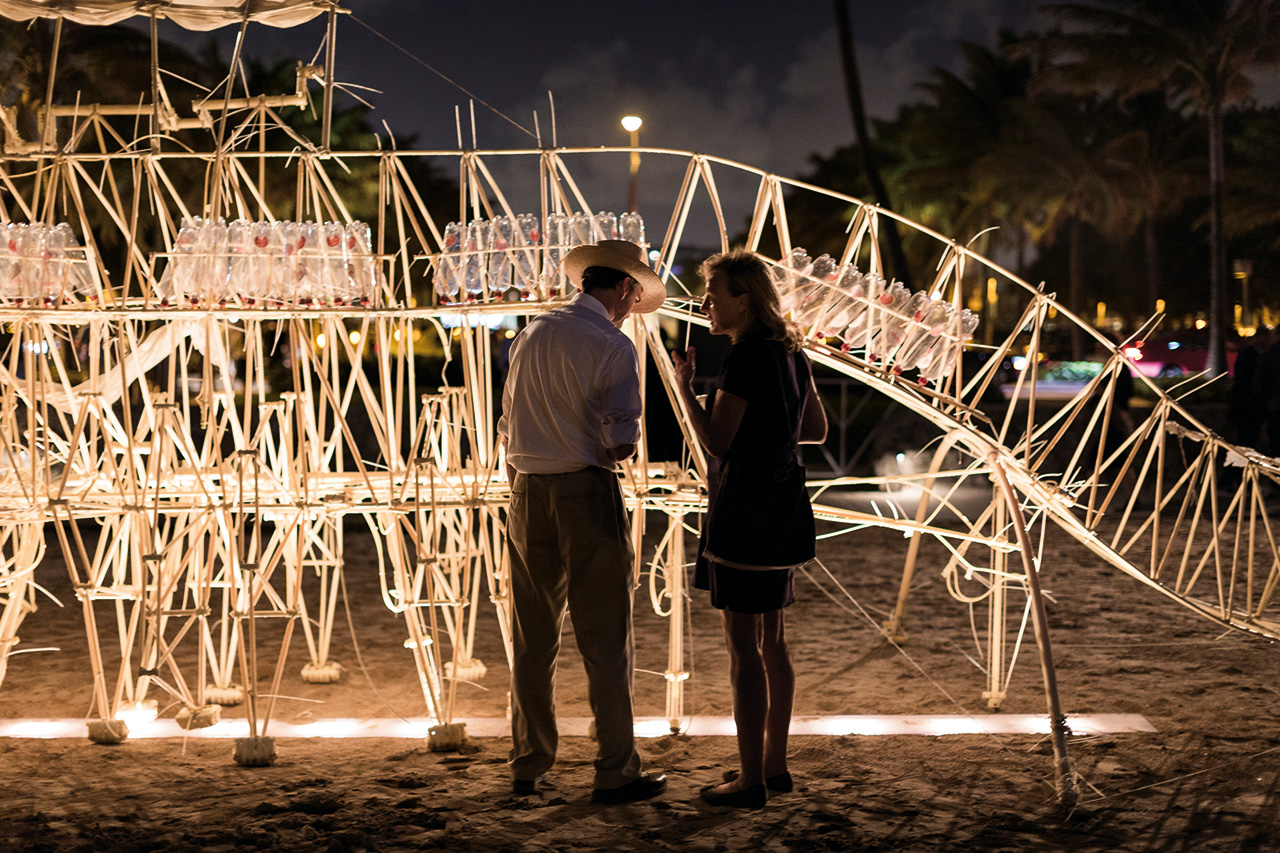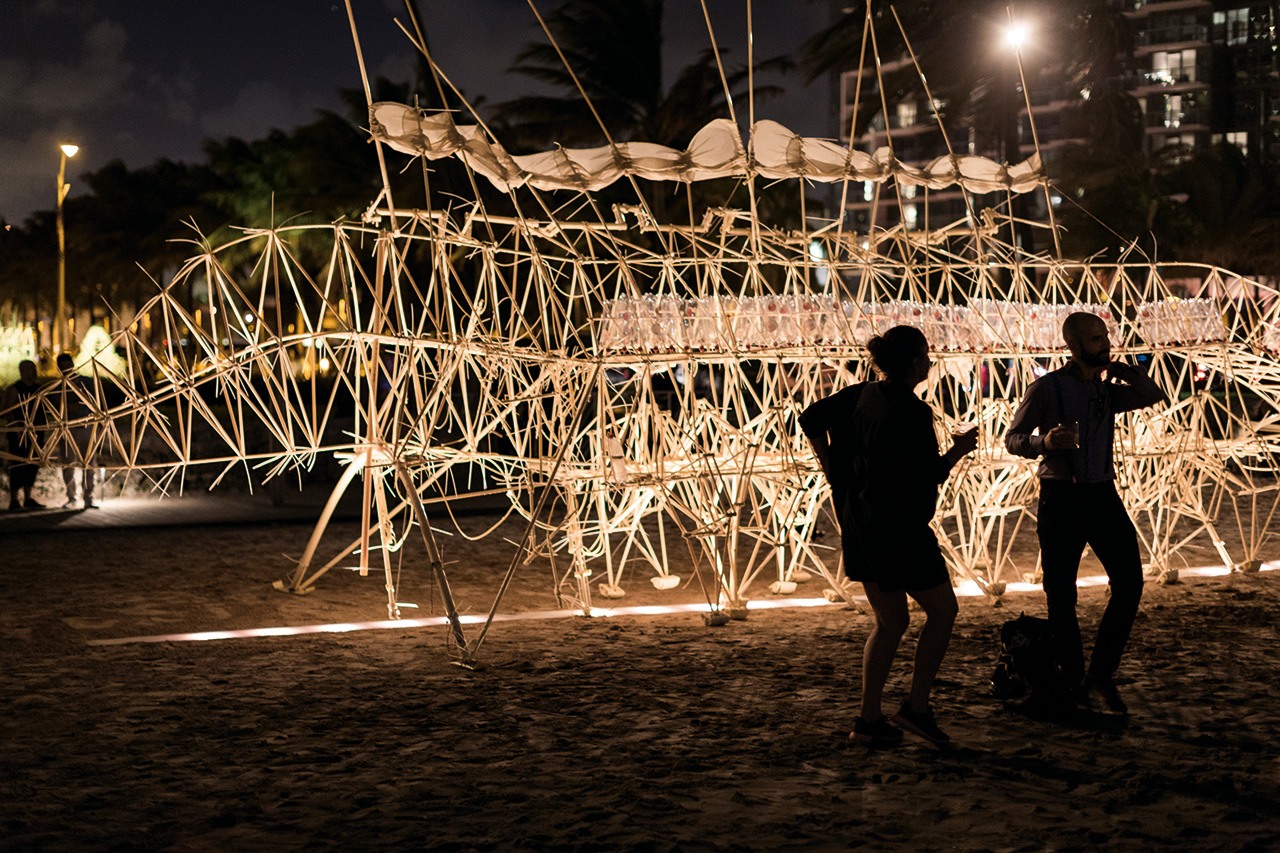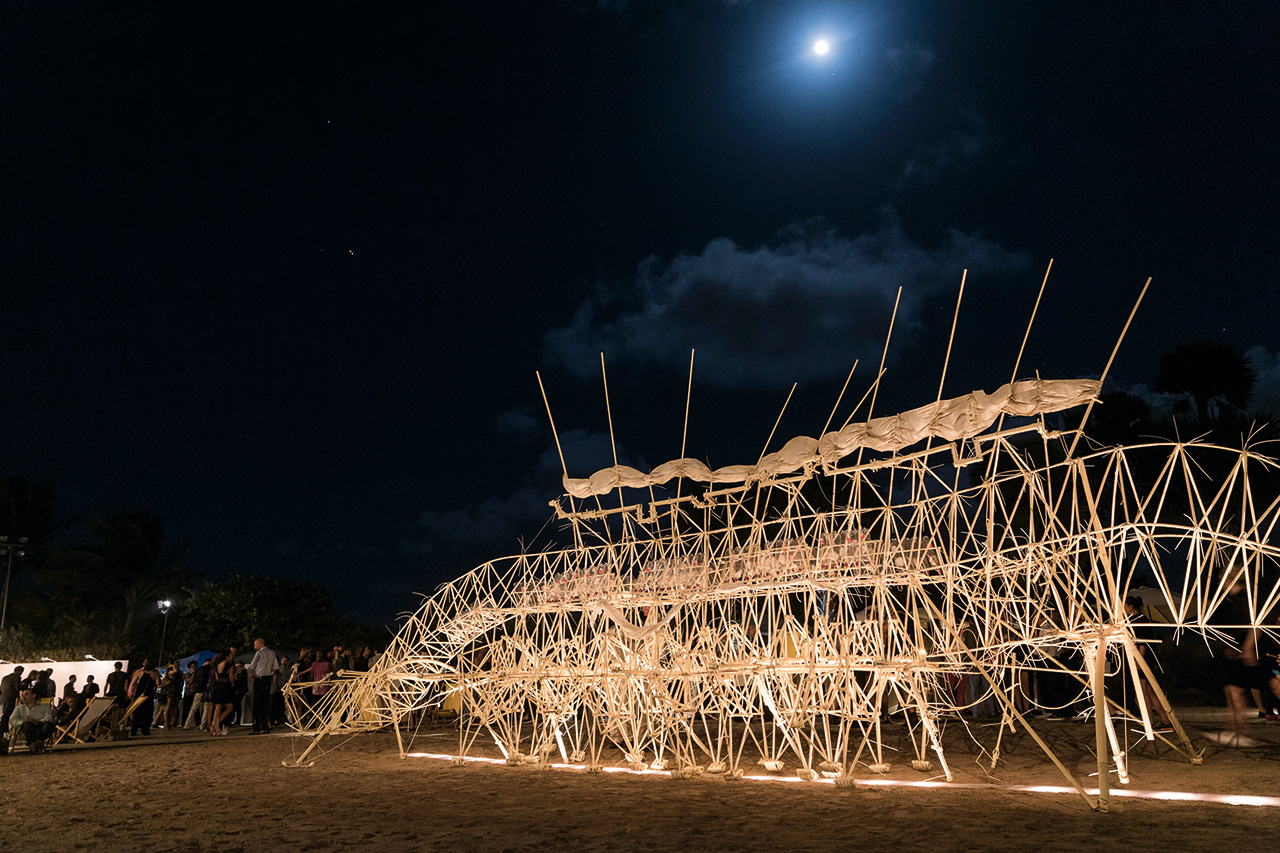News feed
Though their hands reach to all four corners of the globe, the watchmaker Audemars Piguet returns always to its home in the majestic Vallée de Joux. In all things, it’s possible to trace a route back to Le Brassus in the Swiss Jura Mountains, the remote town where for over 140 years Audemars Piguet’s manufacturing has been headquartered.
Even as Audemars Piguet has turned its attention to the world of international contemporary art as the Associate Partner of Art Basel, the spirit of the Vallée de Joux, the verdant cradle of Swiss watchmaking, and the master watchmakers, who have made it their life’s work to pursue utmost contemporaneity without losing sight of history, are never far from sight.
One facet of the Manufacture’s involvement in the art fair that speaks to the company’s cultural and geographical origins is the Audemars Piguet Art Project, which each year sees several artists commissioned with creating works that offer their own, highly personal interpretation of the company’s roots in the region, its craftspeople and their shared heritage.
Though the works created are often smaller in scale compared with the works created as part of the immersive Audemars Piguet Artist Commission, their significance and ambition is in no way diminished. Spanning a diverse array of mediums from photography and video to sculpture and soundscapes, the projects are all born of a period of time spent in Le Brassus witnessing first-hand the savoir faire of the artisans. The resulting works are often deeply moving as a result.
Below, meet three of the commissioned artists and discover the work they produced as part of their Audemars Piguet Art Project.
Kolkoz, Curiosity, 2013
The Biscayne Bay in Miami is perhaps the last place you would expect to find an ice float and, moored to it, a chalet replete with snow-covered shingle eaves. The surreal gesture came courtesy of the French duo Kolkoz. Comprised of two conceptual artists, Samuel Boutruche and Benjamin Moreau, Kolkoz straddle the intersection between realism and simulation and often relies on the disorientation produced by a trompe-l’œil to provoke further interrogation of the work and of the viewer in equal measure.
On occasion of Audemars Piguet’s inaugural involvement with the 2013 edition of Art Basel Miami Beach, Kolkoz cultivated a significant aberration in Curiosity: a large-scale, inflatable Swiss chalet with all the signifiers of authenticity – log-cabin construction, snow, a sunken fireplace and wood storage – and surplus wit. The chalet was erected in front of the now-defunct Marine Stadium, a 6,566 seat a modernist masterpiece built in 1963 by architect Hilario Candela to stage powerboat races that was later decommissioned in the wake of Hurricane Andrew in 1992.
“We wanted to see how the simulation of a Swiss chalet in a place like Miami would provoke people’s perceptions—both of the chalet as a form of architecture and of the city as context,” the artists said of their Audemars Piguet Art Project. Invoking the architectural history of the chalet as the province of both the leisure class and itinerant or nomadic cultures alike across almost all cultures, Curiosity also doubled as an homage to a new kind of pioneer. The artwork shared a title with the NASA Exploration Rover of the same name, which was deployed to Mars in the year prior and, in its chief utility, represents a new paragon of both ‘transportation’ and ‘accommodation’.
In its repeated use of mirroring devices, Curiosity invites its viewer to consider new ways of understanding not only what they experience in a first-hand encounter with the installation, but in the images that continue to be disseminated thereafter. Where the qualities of a simulacrum converge with lived experience, Kolkoz asks that we reconsider the filters we apply not only to the images we create but the experiences that shape our lives.
Kurt Hentschlager, Measure, 2014
A similar concern with how we mediate our experiences of the world is shared in a three-channel video work produced for the Audemars Piguet Art Project and presented during Art Basel in Hong Kong, Basel, and Miami Beach in 2014.
The Austrian-born audiovisual artist Kurt Hentschläger shot the raw visual and audio components of Measure in the Vallée de Joux, in Switzerland’s Jura Mountains, which surround the Audemars Piguet headquarters. Classically trained in traditional mediums before home computer technology absorbed his fascination and artistic practice, Hentschläger is interested in how technology enables and drives the progress of civilisation on varying scales – the psychological, the interpersonal and en masse as part of habitual conditioning. The finished video is indicative not only of the artist’s experience of the natural world, but speaks to a fascination with how our collective experiences of the “real world” are increasingly subject to distortion.
In Measure, the forms of the natural world coalesce with signifiers of the artificial world. What at first appears to be a sodden parcel of forest floor is gradually overrun with multiplying and encroaching grid-like formations; likewise, an image of a mossy, fern and lichen-covered waterfall in a forest is bisected by a panel that zooms in on one fraction of the image until its contents are obfuscated and abstracted entirely. In another frame, the natural features of the high-altitude landscape overlap with one another until one snowscape entirely subsumes the frame and our attention has been coerced to move on, before we’ve even registered the change.
In his Chicago studio, Hentschläger surveyed the raw video footage and sound he had collected in the valley before treating it with synthesized processes that resulted in the super-imposition, layering, expansion and compression of his findings. By parsing the natural through the synthetic, Hentschläger speaks directly to the moment we find ourselves in in our shared cultural history, regardless of geography, where our interactions with the world around us are mediated by the screens before us.
In this way, Measure speaks to Hentschläger’s broader interests in isolation, sensory deprivation and sensory overload. In particular, the artist has spoken of how the latter has conditioned us to develop filters that help us to make decisions about what is important. The answer, he seems to suggest, might not be what we think it is.
Theo Jansen, Strandbeests, 2014
It’s estimated that over one quarter of land in the Netherlands lies below sea level, and for centuries, the country’s many windmills have long played an important role in keeping the elements at bay. It’s a reality of life below sea level that feels innate to the work of the Dutch artist, engineer, and inventor Theo Jansen, whose work doubles as the continuation of the uneasy truce that exists between the environment and technology that’s crept into every element of life in the Low Countries.
Though they were once designed to stem the very real threat of rising tides, the Strandbeests have one of many their many legs firmly planted in the digital world. For over a quarter of a century, Jansen, once an aspiring physicist, has propagated a flock of his singular skeletal creations from rudimentary materials: his “protein”, cheap, flexible PVC piping (commonly used as cable and electrical conduits in Dutch buildings), adhesive tape, zip ties, recycled water bottles, and bicycle pumps.
Jansen has doggedly conceived, refined, evolved and cultivated his Strandbeests over the decades, and as the artist has grown so too have his creatures. The first were built in 1990 in response to Jansen’s concerns over beach erosion. Early prototypes were conceived of using algorithms concocted on software programs for artificial life simulation that Jansen developed on a primitive Atari home computer. His goal was to develop a kinetic sculpture that could push sand from the water’s edge further inland, prolonging the lifespan of the natural dune barrier.
Today, the Strandbeests are complex and autonomous self-propelled creatures with the ability to register changes in their environmental conditions without the use of electronics or motors. They store and release compressed wind power with the help of plastic bottles when there is no wind, change direction when they encroach on water with the help of a tube that detects if internal air flow is interrupted by water, and anchor themselves to the sand when storms approach.
In partnership with the Peabody Essex Museum in Salem, Massachusetts, and with support from the consulate general of the Netherlands’ Dutch Culture USA program, Audemars Piguet presented a group of Jansen’s Strandbeests in an open-air exhibition at Art Basel Miami Beach in 2014. Adjacent to the ‘beests’, who took twice daily walks, visitors could survey an accompanying installation. Within, Jansen’s latest beests, including the 13-meter long Animaris Suspendisse, sat alongside a reproduction of his workship in Ypenburg, on the Dutch coast between The Hague and Delft.
An exhibition of Lena Herzog’s cinematic photographs also documented the evolution of the Strandbeests. One would hope she still has plenty of film up her sleeve to document the countless evolutions to come.
Tile and cover image: Courtesy of the artist and Audemars Piguet




